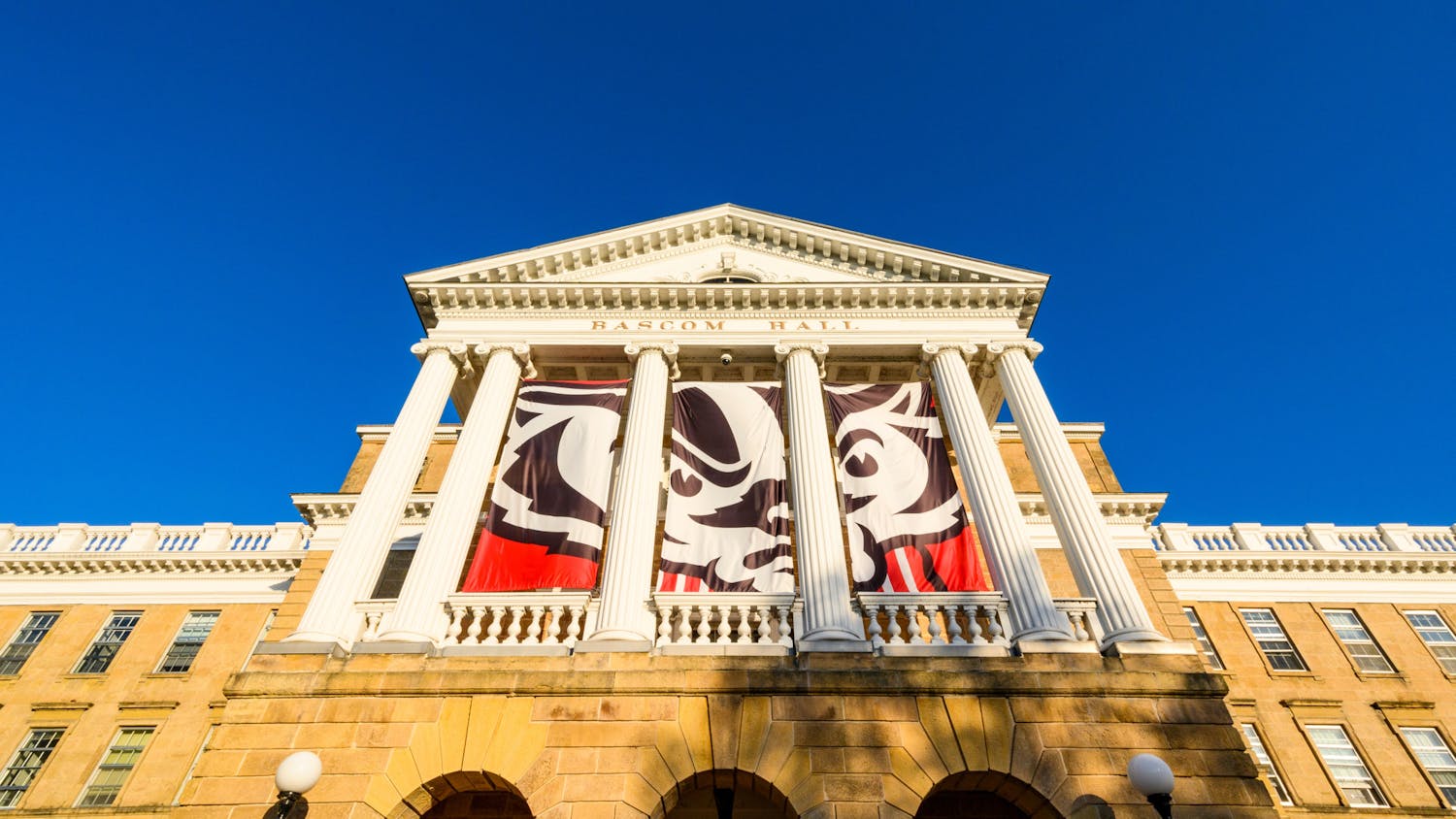If you take a walk up East Gilman Street or North Pinckney Street, you have surely taken note that most of the houses you pass have greater historic character and continuity than some of Madison’s other downtown neighborhoods. The city’s decision to make the Mansion Hill neighborhood a locally designated historic district in the 1970s is the key reason why the neighborhood today has the highest concentration of historically significant residences in the city.
Maintaining historic neighborhoods with this protection supports the notion that reusing existing structures is a viable way to sustain our city.
The Langdon neighborhood is currently unprotected at the local level in this way and this is evident by a number of recent developments that are out of scale with the rhythm of the street. Although there is in fact a national historic district in place for the Langdon neighborhood, this national designation only provides homeowners with tax credits on home improvements and does not provide any oversight on development proposals at the local level. In this time, as Madison’s building boom continues and our older housing stock becomes ever so old, it is more important now than ever that people who have a stake in the future of the Langdon neighborhood, Greek societies, housing cooperatives and tenants alike, show their support for the preservation of a local district.
Madison’s 2012 Downtown Plan encourages the creation of a local Langdon historic district, to help facilitate the preservation of existing historic buildings and thoughtful, context-sensitive development that respects the historic character of the neighborhood. The Madison Trust for Historic Preservation is currently developing a Preservation Plan for the Langdon neighborhood, which, if approved by the city, would allow for a local district to be created.
If created, development proposals within the district would receive a higher level of scrutiny, subject to the Landmarks Commission’s approval. If passed, new development projects would better relate to the existing structures in the neighborhood. Creating a local district would not prohibit new development from occurring, but rather it would allow new developments to fit well within the context of the neighborhood.
Historic preservation is not just a nostalgic aim to preserve a semblance of the past but it helps maintain strong neighborhoods. In the Langdon neighborhood in particular, preserving historic structures helps maintain affordable housing availability close to campus that new structures rarely offer. Historic renovation projects contribute more to the local economy than new construction projects because labor forms a greater portion of total project cost for historic renovation projects, comparatively. Furthermore, research suggests renovating existing buildings uses less energy and is generally more environmentally sustainable in the long run.
In particular, the Preservation Green Lab, a research group that examines the sustainable value of historic preservation, came out with a study in 2011 entitled “The Greenest Building: Quantifying the Environmental Value of Building Reuse,” that supports the notion that reusing and renovating existing buildings with an average level of energy performance is almost always more sustainable than constructing new buildings that are energy efficient. Through extensive comparisons between historic renovation cases and new construction cases of various building types in cities across the country, the lab concluded it can take decades for the efficient operating energy of a new building to outweigh the negative effects on climate change from new construction. In Chicago, one of the cities surveyed, it would take 38 years for the energy efficiency of a newly constructed single-family home to pay off.
Reusing existing structures uses around 40 percent less energy than new construction, according to the study. Again, when comparing the reuse or new construction of a single-family home in Chicago, reuse has a 10 percent less negative effect on climate change, a 10 percent less negative effect on resource depletion, a 21 percent less negative effect on human health and a 29 percent less negative effect on ecosystem quality than the new construction alternative. The embodied energy, or in other words, the energy that was already used to construct the previous building, is important to preserve.
Creating a locally designated historic Langdon district is integral not only to preserve the cultural landscape of this historic student neighborhood, but also to ensure Madison can grow in the right direction in the future.
Samy is a senior majoring in History. How do you feel about the historic Langdon homes? Please send all your feedback to opinion@dailycardinal.com.





